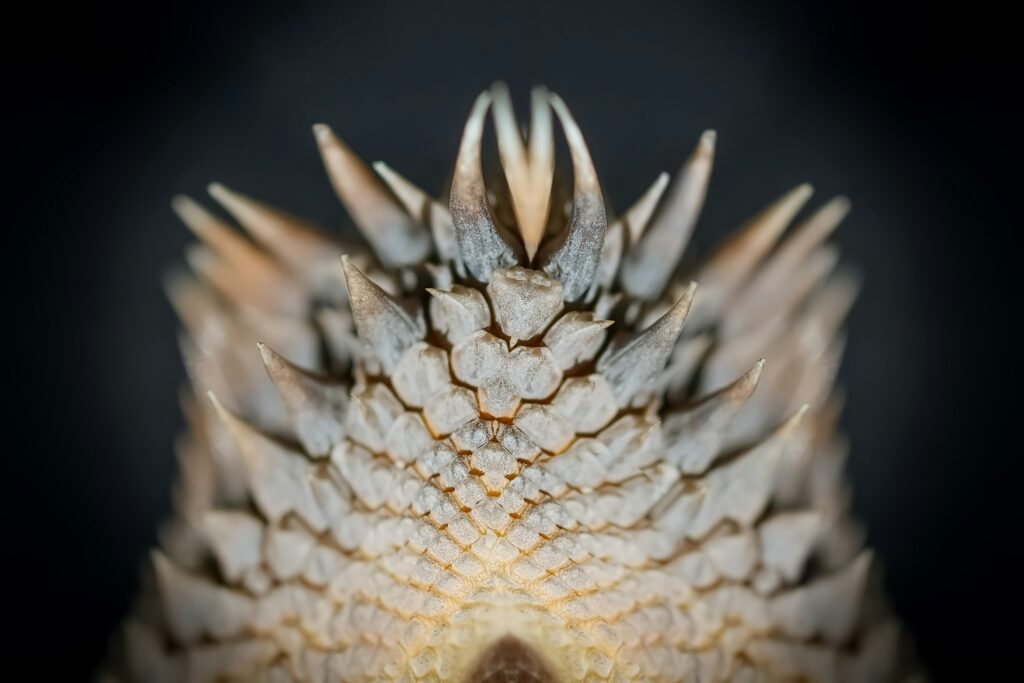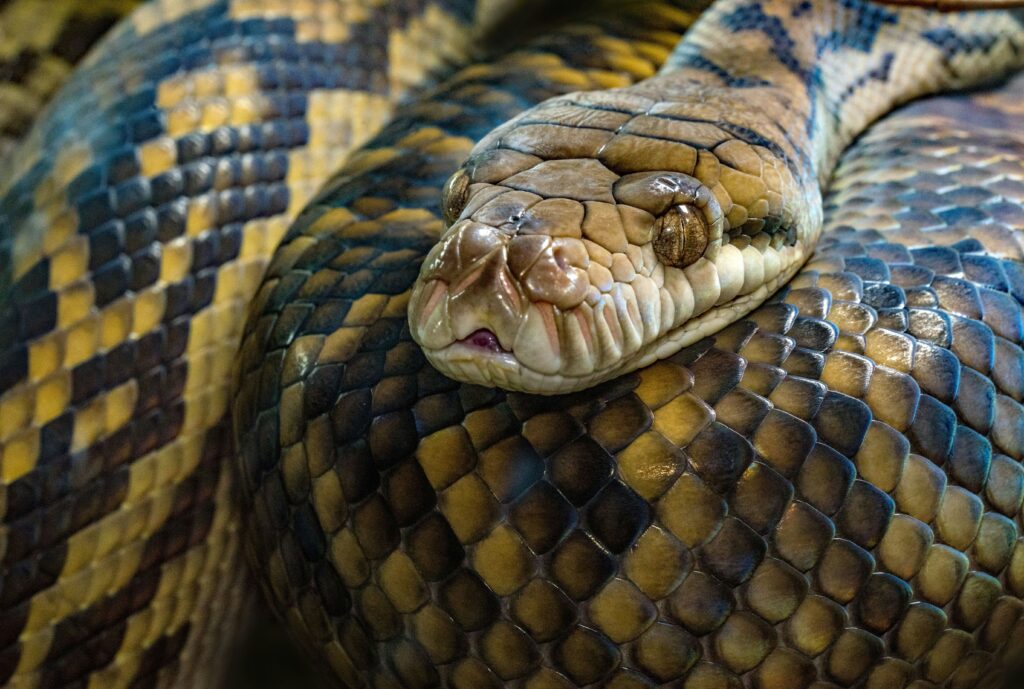Creepy Crytpids of SA: Mamlambo

Let’s dive into the enigmatic world of African folklore, shedding light on a creature that, while not as widely recognized as the likes of Nessie or Bigfoot, captivates the imagination with its mystique and stories that have been passed down through generations.
Today, we’re exploring the Mamlambo, often revered and feared in equal measure. This creature, rooted deeply in the folklore of the Xhosa and Zulu cultures of South Africa, is a fascinating blend of myth, mystery, and cultural significance.
Africa’s Elusive, Aquatic Enigma.
The Mamlambo has been described in various ways, but most accounts agree on its serpentine or eel-like appearance, with a head that bears a resemblance to a horse.
It is said to inhabit the depths of rivers and lakes in the Eastern Cape province of South Africa, with the Mzintlava River often cited as one of its haunts.
The creature’s name, Mamlambo, translates to “mother of the river” or “river goddess” in some local dialects, highlighting its perceived dominion over aquatic realms and its significant role in local mythology.
Awe and Fear.
The Mamlambo’s reputation is a complex tapestry of awe, respect, and fear. It is revered by some as a guardian of the waterways, a symbol of the power and mystery of nature.
Yet, others whisper tales of its darker side, describing it as a malevolent entity that lures its victims to a watery grave with its mesmerizing beauty and hypnotic eyes.
These victims, some say, are left brainless, their bodies discovered near water bodies, a testament to Mamlambo’s sinister appetite.

Cultural Significance
The significance of the Mamlambo in Xhosa and Zulu cultures cannot be overstated. It embodies the deep connection between the people and the natural world, serving as a reminder of the respect and reverence owed to the forces of nature.
The Mamlambo’s lore also carries moral lessons, often cautioning against greed, disrespect for natural laws, and the dangers of venturing into the unknown.
Skepticism and Belief
As with many mythological creatures, the existence of Mamlambo is met with skepticism outside the communities that hold these beliefs.
Scientists and skeptics argue that sightings could be misidentifications of known animals or the result of cultural storytelling evolving over time.
However, for believers, Mamlambo remains a very real presence, a part of their cultural heritage and a living aspect of their folklore.

In Modern Times
In contemporary times, the legend of Mamlambo has not only persisted but has also found new avenues of expression through media, literature, and tourism.
It serves as an intriguing subject for those interested in the rich tapestry of world mythology and a point of cultural pride for the communities that keep the legend alive.
Latest Sighting
In April of 1997, a new encounter emerged from the heart of South Africa, near the village of Lubaleko, cozily situated along the Mzintlava River close to Mount Ayliff.
This location, roughly 177 kilometres southeast of Durban’s bustling coastal city, became the epicentre of whispers and rumours when locals reported spotting a “giant reptile.”





